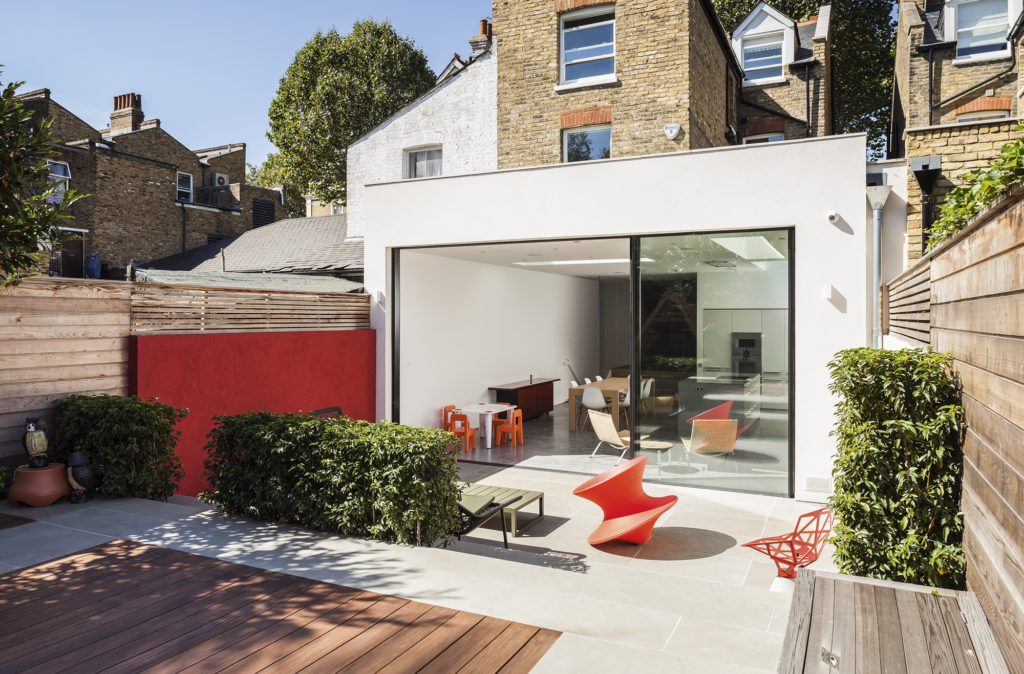However beautifully designed your home, and however easily it got planning permission, you still have to ensure it’s built to the correct standards, laid out in the Building Regulations. Your home must be safe and structurally sound, from the foundations to the electrics, conserve energy and provide access for those with disabilities.
Building Regulations are objective, unlike planning permission, and a house will pass or fail according to this set of rules. Although the exact regulations differ slightly between England and Wales, Scotland and Northern Ireland, they essentially cover the same areas.
UK Building Regulations
This table sets out the current Building Regulations standards outlined in the various technical guidance documents, handbooks and approved documents for England, Wales, Scotland and Northern Ireland.
| Area | England & Wales | Scotland | Northern Ireland |
|---|---|---|---|
| Materials & Workmanship | Regulation 7 | Section 0 (general) | Technical Booklet B |
| Structural Safety | Part A | Section 1 (structure) | Technical Booklet D |
| Fire Safety | Part B | Section 2 (fire) | Technical Booklet E |
| Site preparation and resistance to contaminants and moisture | Part C | Section 3 (environment) | Technical Booklet C |
| Toxic substances | Part D | ||
| Resistance to the passage of sound | Part E | Section 5 (noise) | Technical Booklet G |
| Ventilation | Part F | Section 3 (environment) | Technical Booklet K |
| Sanitation, hot water safety and water effciency | Part G | Section 3 (environment) | Technical Booklet P |
| Drainage and waste disposal | Part H | Section 3 (environment) | Technical Booklet J & Technical Booklet N |
| Heat producing appliances | Part J | Section 3 (environment) | Technical Booklet L |
| Protection from falling | Part K (includes glazing safety in England) | Section 4 (safety) | Technical Booklet H |
| Conservation of fuel and power | Part L | Section 6 (energy) | Technical Booklet F |
| Access to and use of buildings | Part M | Section 4 (safety) | Technical Booklet R |
| Glazing safety | Part N (Wales only) | Section 4 (safety) | Technical Booket V |
| Electrical safety | Part P | Section 4 (safety) | |
| Security | Part Q | Section 4 (safety) | |
| Physical infrastructure for high-speed electronic communications networks | Part R | Section 4 (safety) | |
| Sustainability standards | Section 7 (sustainability) |
For a list detailing the requirements in full, visit the relevant government websites:
- Building Regulations in England
- Building Standards in Scotland
- Building Control in Northern Ireland
- Building Regulations in Wales
Also worth a look for self builders and renovators in England is the Planning Portal, which offers advice on how to get approval as well as up-to-date versions of the Approved Documents.
For a readable version of the Building Regulations, with explanatory detail and drawings, you could do worse than study the manuals of warranty suppliers such as Build-Zone.
What work needs to comply to Building Regulations?
The regulations cover new buildings and extensions, but also major alterations to services, underpinning and some changes of use, such as barn conversions.
You also need to take care that any alterations to an existing building don’t make adjacent fabric, services and fittings less compliant with Building Regs than they previously were, or even dangerous.
For example, if you replace external windows or doors the building should comply regarding energy efficiency, fire escape, air supply for boilers etc, and ventilation.

Building an extension is a great route to adding space and value to your home. Some projects may be fairly straightforward, while others may need further consideration. We’ve compiled a useful checklist of what you need to consider ahead of starting an extension project. Read more: Home Extension Guide |
You don’t necessarily need Building Regulations approval for the erection of a detached single-storey building less than 30m2, or any building less than 15m2, as long as there’s no sleeping accommodation, or conservatory extensions with an internal floor area of less than 30m2.
You also don’t need approval for repairs, as long as the materials are replaced like for like. If in doubt about whether your work needs approval, consult your local building control officer.
How do I get Building Regulations approval?
You can either use the building control services of your local authority or an approved inspector. Using your local building control officer can have many advantages, especially if you get in early.
Jon Hollely, director of approved inspector firm JHAi, says: “Find a building control officer you can work with, and talk to them as early as possible. Good ones will give you lots of advice, and ask the difficult questions now, rather than later, to help you find the best solution. This will ultimately save you both money and time.”
The post Guide to Building Regulations appeared first on Build It.
Article reference Guide to Building Regulations
No comments:
Post a Comment